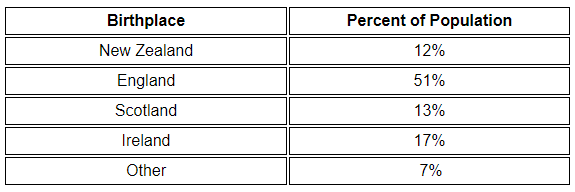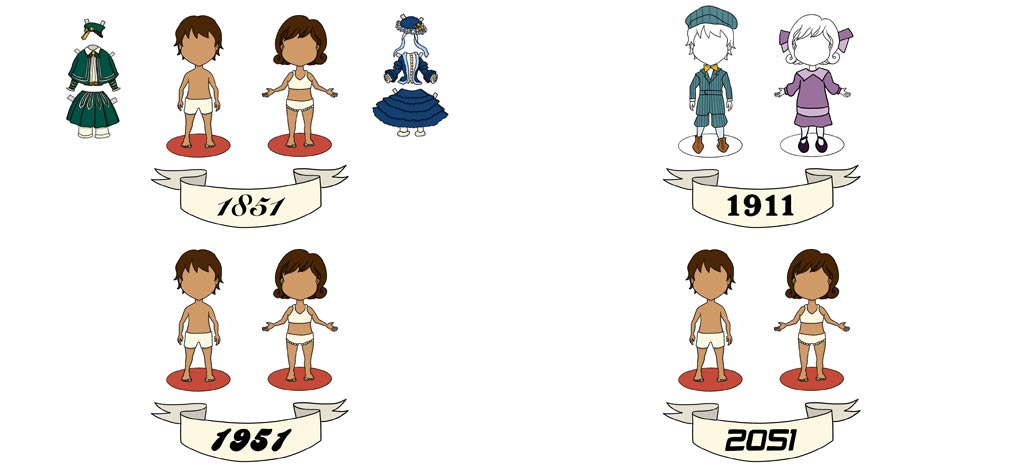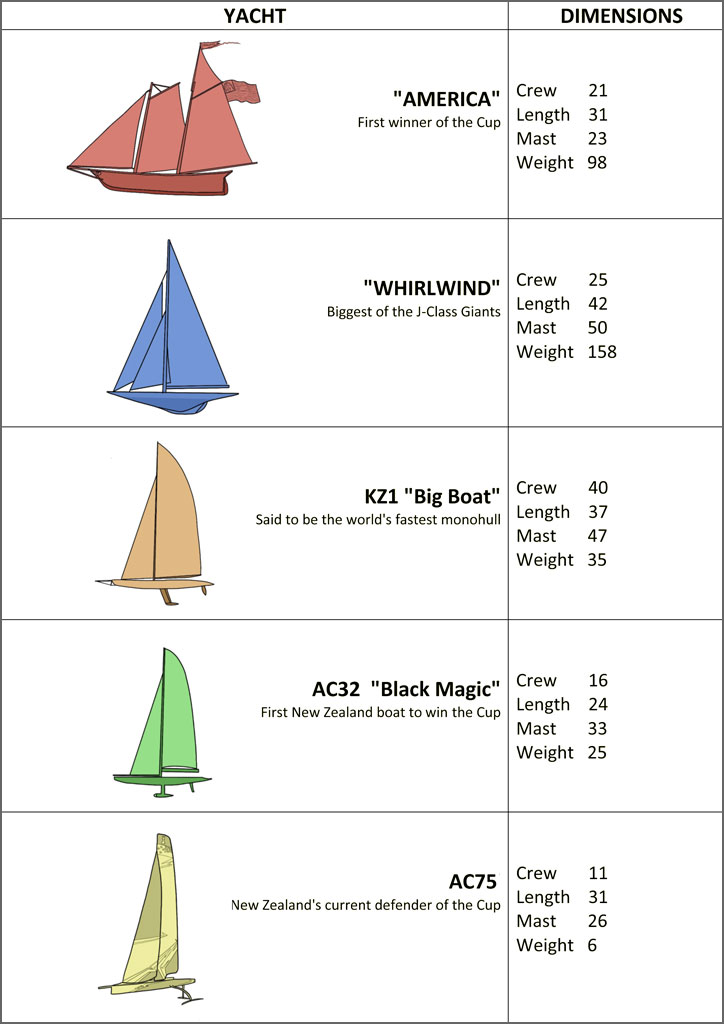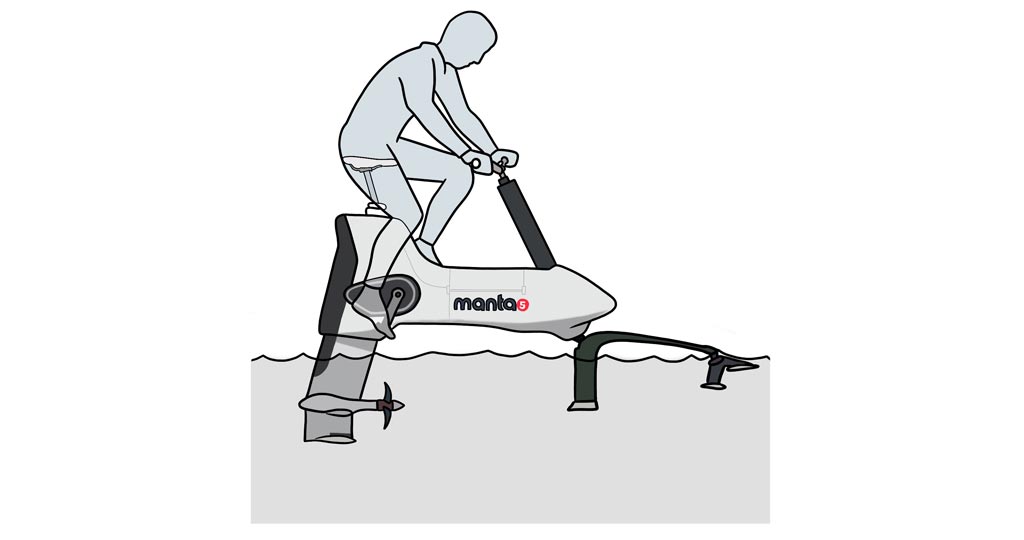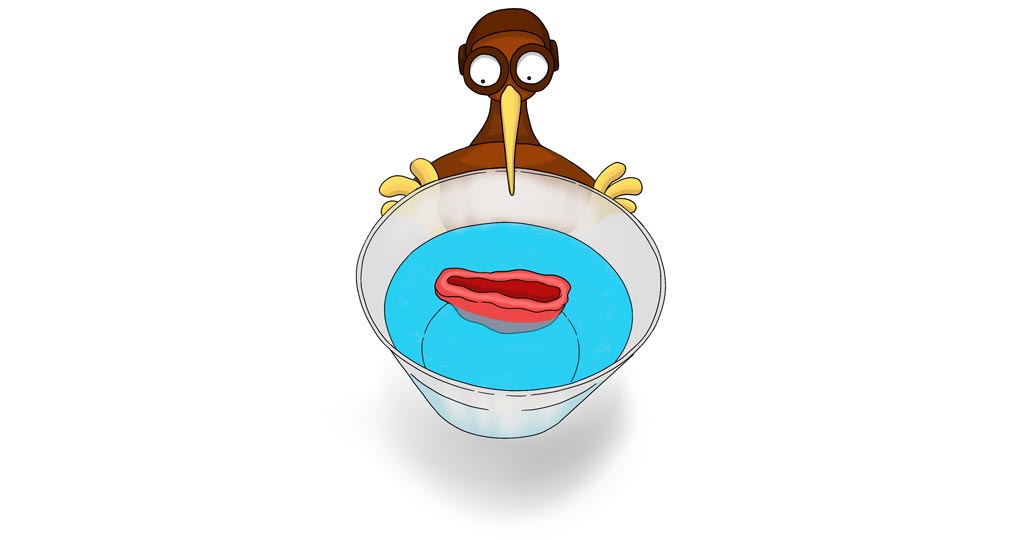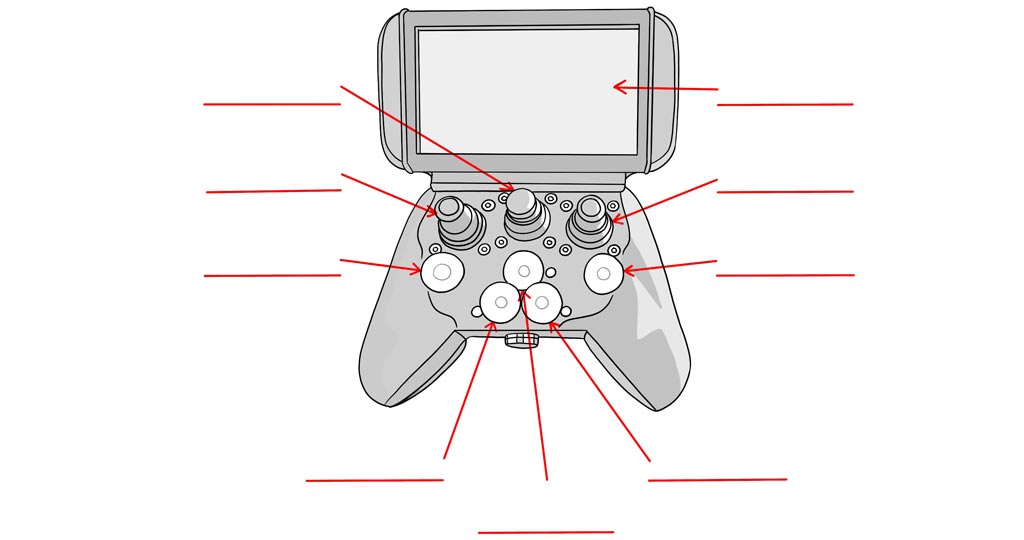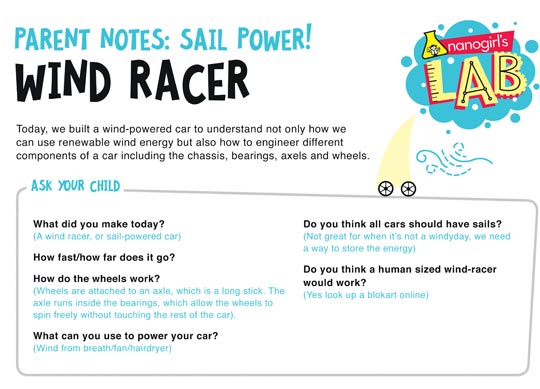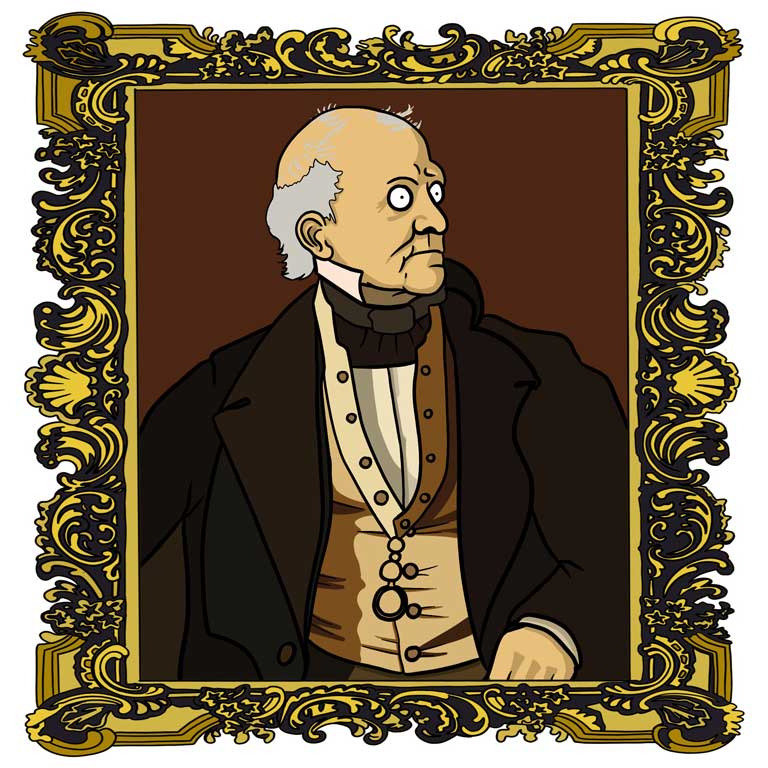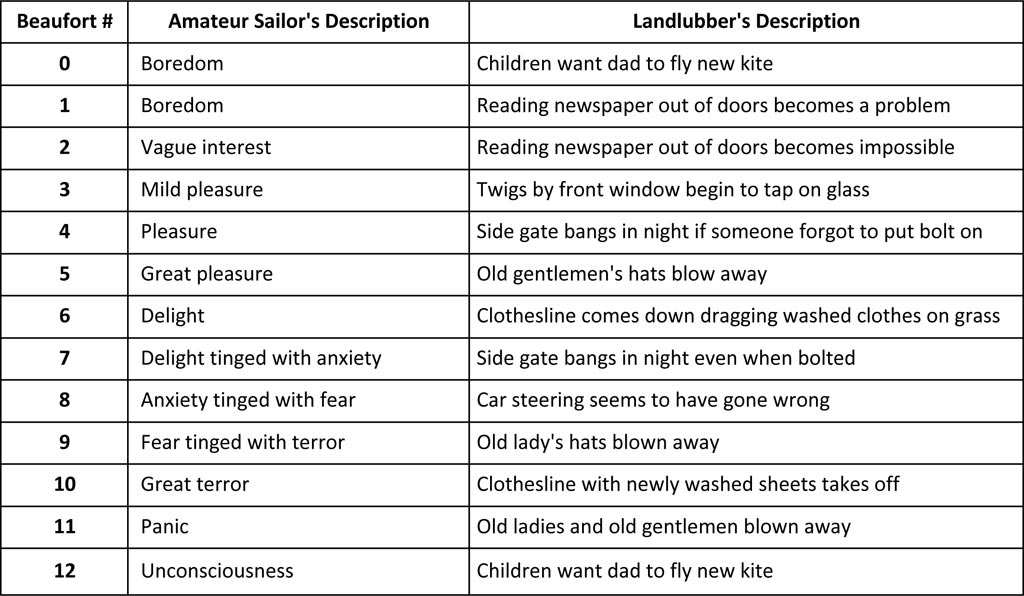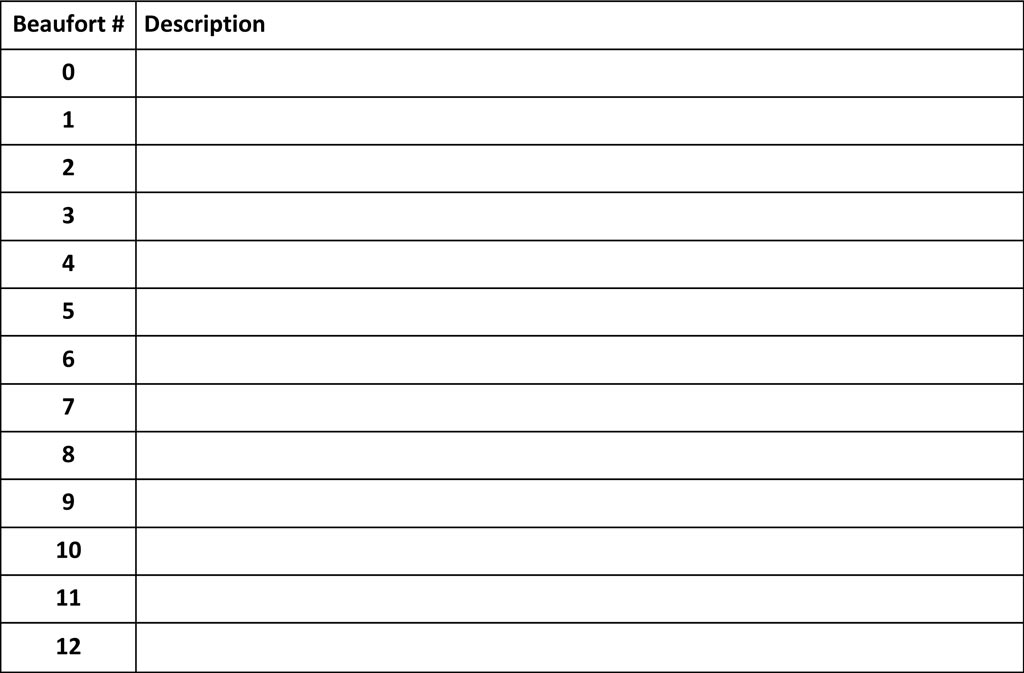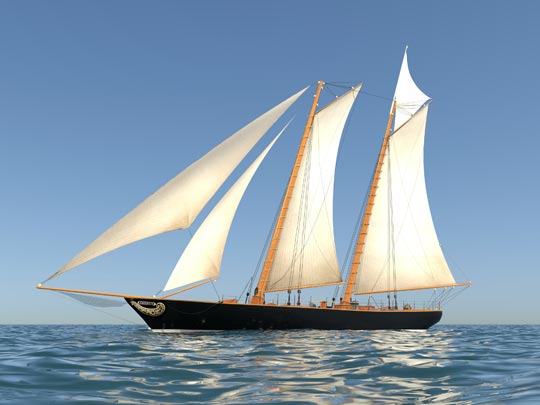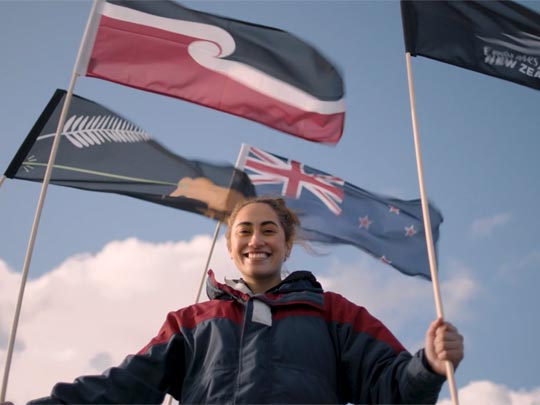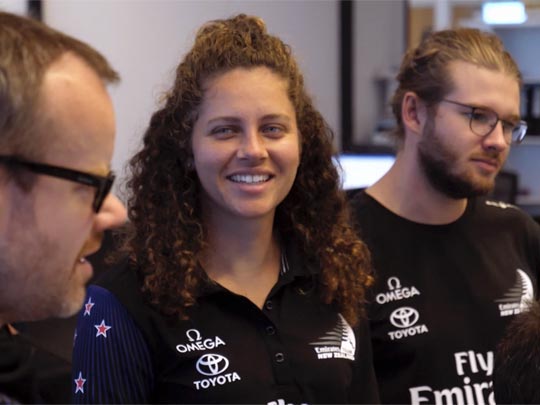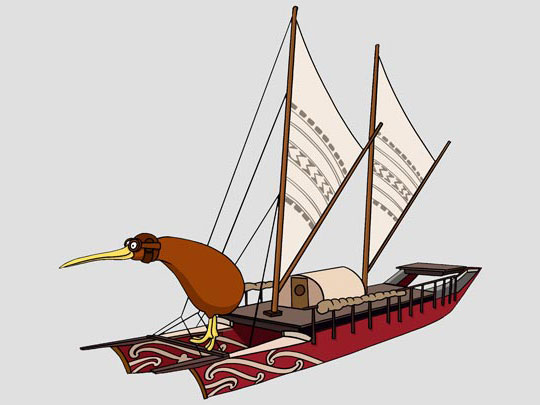Chapter Overview
How kiwi innovation revolutionised yacht racing
The history of the America's Cup, from 1851 to 2021.
- Sails vs Wings
Comparing the state-of-the-art (for 1851) schooner "America" with Te Rehutai, which flies over the water with foils and wings. - Time Tunnel
The 170-year history of the America's Cup compressed into a two-minute time tunnel, including the longest winning streak in sporting history.
Kiwi designers thinking outside the box.
- Innovation in our DNA
Revealing the top-secret story of Team New Zealand getting America's Cup yachts up onto foils, and how they turned grinders into 'cyclors'! - History of Innovation
How Team New Zealand has constantly changed the history of the America's Cup, right from the first challenge in the original plastic fantastics.
How young Kiwi are transforming sailing.
- Powered by Youth
In 2017, Team New Zealand had the youngest skipper and the youngest team ever to win the Cup, including 23-year-old engineer Elise Beavis. - Skipper of the Fa'afaite
India Tabellini is skipper of the waka hourua Fa'afaite. She was just 25 years old when she sailed 4,300km from Tahiti to Tauranga.
Innovative Solutions for harnessing wind power.
- Powered by Nature
How Te Rehutai uses wings and foils to harness the power of wind and water, in the same ways we generate clean green electricity. - Hi-Tech Travel
Take a close look at the innovative design features that allow waka hourua to efficiently harness the power of the wind. - Nanogirl Takes Flight
Nanogirl Michelle Dickinson takes a look at how wings work and the Bernoulli Principle, and demonstrates how to build an aerofoil.
